Government and nonprofit agencies are not always familiar with common business management tools. For such organizations, Paul R. Niven defines the Balanced Scorecard and provides a guide on how to adapt and implement it, demonstrating how agency managers can identify and set up the measurements they need. His language is clear and instructive, and he includes illustrations and a summary at the end of each chapter. Nothing in this book is earth-shattering, but it is a solid, useful guide. getAbstract recommends it to public-sector managers who want to professionalize their operations.
What Is the Balanced Scorecard?
Most businesses compensate executives based on their organizations’ performance. However, recently, scandals related to the manipulation of compensation metrics have harmed company shareholders.
The Balanced Scorecard enables shareholders and other stakeholders to understand the true performance of the business. Robert Kaplan, a Harvard University accounting professor, developed the scorecard in 1990 together with consultant David Norton. They believed that simply measuring financial performance did not give an accurate picture of modern businesses. Instead, their scorecard features “performance measures capturing activities from throughout the organization – customer issues, internal business processes, employee activities and, of course, shareholder concerns.” The scorecard shows how the drivers of company success are performing, and compares present and past performance.
The Balanced Scorecard and the Public Sector
The private sector created the Balanced Scorecard, and it has proven its worth in many corporations. Public and nonprofit agencies can reap similar benefits by adapting the traditional Balanced Scorecard to...
Paul R. Niven is a writer, consultant and speaker on the subject of the Balanced Scorecard. He has created many Balanced Scorecard systems for large and small, public and private organizations. He is the author of Balanced Scorecard Step-by-Step: Maximizing Performance and Maintaining Results.








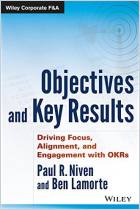

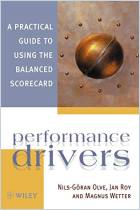

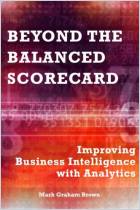
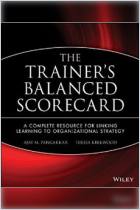

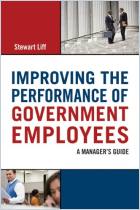







Comment on this summary or Comenzar discusión